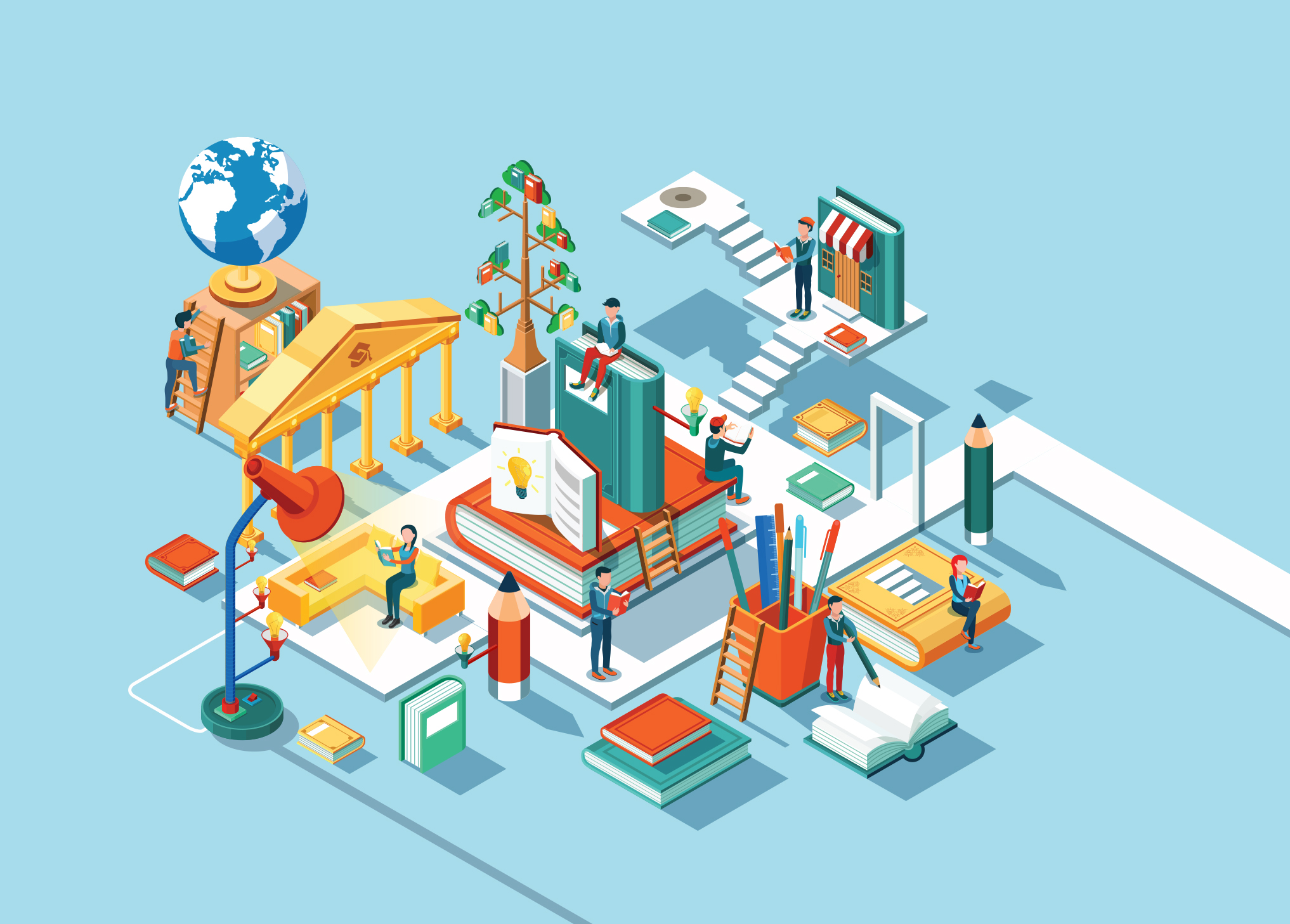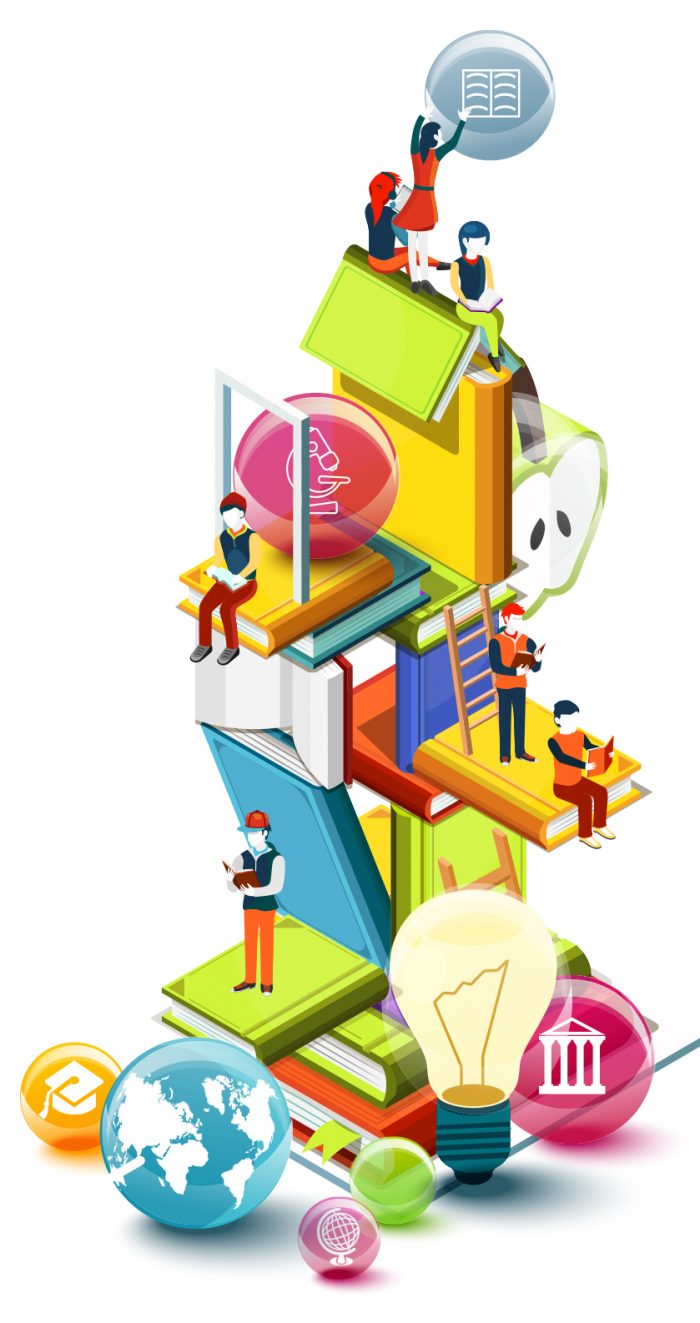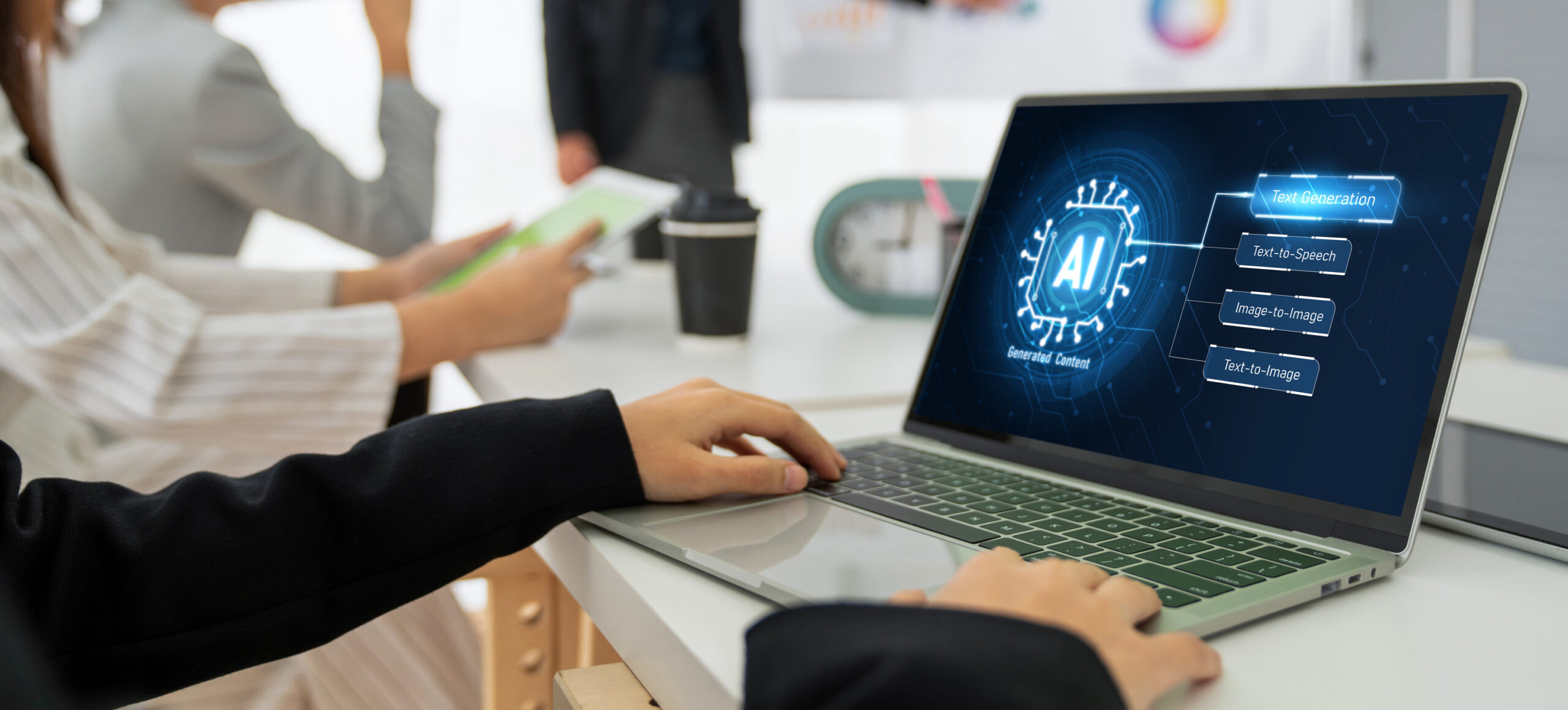How to enable agility through a culture of lifelong learning
- HRM Asia Newsroom


Amid a volatile and dynamic business environment, coupled with rapid technological changes, more and more businesses have put priority on increasing the agility of their organisations. To not do so is to risk losing their competitiveness or becoming a casualty of disruption.
In tandem, increasing the agility of the workforce and fostering a culture of lifelong learning are becoming top priorities for many governments and leading companies
A key enabler of an agile organisation is having energised and empowered teams. In an entrepreneurial corporate culture, for example, employees have greater autonomy and authority to make decisions and drive changes.
In turn, this encourages self-initiative and dynamic collaboration across departments and ranks, where ideas are exchanged freely and outspoken feedback are valued.
For this to happen, HR needs to ensure strong leaders are at every level of the organisation.
At the same time, digital capability is critical to business success. For example, the use of modern communication technologies and enterprise networks – such as Yammer – can enable thousands of employees around the world to exchange information, knowledge and ideas.
Also, consumer goods companies are leveraging big data insights and e-commerce to deliver an exceptional shopping experience and drive exponential sales growth.
As companies continually evolve and transform their digital landscape, employees must learn to use new apps, software, and devices that help them become more productive and innovative. They must also understand the latest technological evolution and digitalisation trends to tap the right opportunities.
Still not ready for change?
Yet, a survey of CEOs in Asia-Pacific by executive search firm Odgers Berndtson showed that many companies were ill-prepared for the changes that confronted them.
It revealed that 63% of CEOs of global companies were reacting to disruptive forces, rather than anticipating or leading changes. These CEOs were also concerned that only half their senior executives had the right mindset to be effective in the face of disruptive change.
In another study, McKinsey has reported a lack of understanding and skills as one of the reasons for the slow adoption of Industry 4.0 in Southeast Asia markets, despite the potential for productivity gains worth between US$216 billion and US$627 billion (S$296 billion to S$859 billion).
Furthermore, in an ever-changing environment, new jobs are continually being created as many current ones become obsolete. According to real estate firms, CBRE and Genesis, 50% of occupations today will no longer exist by 2025.
Going beyond training and development programmes to address ongoing skills gaps and mismatches, many governments and companies, including Henkel, are emphasising the need to develop a mindset and culture of lifelong learning. This requires creating a new environment to support employees in acquiring new skills for emerging jobs and to engage proactively in continuous learning.
There are five global workforce trends that are all forcing organisations to adopt continuous learning philosophies.
First, the share of millennials in the workforce is set to increase, especially in emerging markets in Asia.
The second trend is the democratisation of work, with a shift towards self-directed work and employees participating actively in their career planning.
Third, as the pace of globalisation and digitalisation accelerate, employee mobility and workplace connectivity will increase.
Fourth, there will be an emphasis on individualisation, such as providing regular feedback and on-demand, high-quality learning. And fifth, there will be an increased demand for flexible working arrangements.
As our work cultures become more self-driven, mobile, connected, and flexible, companies will need to complement conventional classroom training with new learning approaches and help their employees adapt to new learning habits and behavior.
Digitalisation, especially, has led to a proliferation of new formats and new content, and has mad learning on demand possible.
On Henkel’s digital learning environment, there are more than 250 courses in up to 16 languages in different formats. These include interactive online learning, webinars by leaders and experts, and case studies.
We are also piloting game-based learning, where teams collaborate virtually to solve fictitious business problems, and, meanwhile, expand their professional network with colleagues from different countries.
Employees can participate in massive open online courses anytime, anywhere, supported by live chats with experts. Also, our partnership with Lynda.com provides employees access to more than 7,600 video courses conducted by external experts.
In terms of content, a key priority is to develop the digital capabilities of our employees through digital training and upskilling. Digital training provides education on digital issues, such as digital marketing, and develops digital mindset and behaviors. Digital upskilling provides learning paths for specific roles and responsibilities.
We also offer learning paths for professional upskilling as well as experiential learning to accelerate leadership development.
With a wealth of online and offline learning formats and content available today, more and more individuals and employees are empowered to take charge of their lifelong learning journeys.
Ownership thus rests on each person to manage their time and seize opportunities to continuously upskill themselves, with a determination to remain relevant, agile and competitive in a changing global marketplace.







